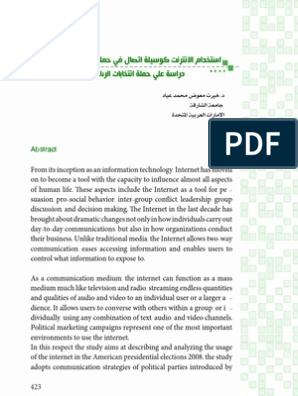0% found this document useful (0 votes)
200 views10 pagesCultivation Theory, Findings of Different Theories, and Criticism
This document discusses several theories of how mass media affects audiences:
1. Cultivation Theory proposes that heavy television viewers develop a worldview shaped by what they see on TV and perceive reality differently than light viewers.
2. Limited Effects Model suggests that media is effective at transmitting information but not changing attitudes, and that audiences have pre-existing opinions.
3. Mainstreaming holds that life experiences moderate cultivation effects, with demographic differences more prominent in light viewers than heavy viewers.
It also outlines criticisms of cultivation theory and developments like how content genre and viewing motives also influence effects. The document provides steps for conducting cultivation analysis using content analysis and surveys.
Uploaded by
Abdul MoeezCopyright
© © All Rights Reserved
We take content rights seriously. If you suspect this is your content, claim it here.
Available Formats
Download as PPTX, PDF, TXT or read online on Scribd
0% found this document useful (0 votes)
200 views10 pagesCultivation Theory, Findings of Different Theories, and Criticism
This document discusses several theories of how mass media affects audiences:
1. Cultivation Theory proposes that heavy television viewers develop a worldview shaped by what they see on TV and perceive reality differently than light viewers.
2. Limited Effects Model suggests that media is effective at transmitting information but not changing attitudes, and that audiences have pre-existing opinions.
3. Mainstreaming holds that life experiences moderate cultivation effects, with demographic differences more prominent in light viewers than heavy viewers.
It also outlines criticisms of cultivation theory and developments like how content genre and viewing motives also influence effects. The document provides steps for conducting cultivation analysis using content analysis and surveys.
Uploaded by
Abdul MoeezCopyright
© © All Rights Reserved
We take content rights seriously. If you suspect this is your content, claim it here.
Available Formats
Download as PPTX, PDF, TXT or read online on Scribd
/ 10

























































































